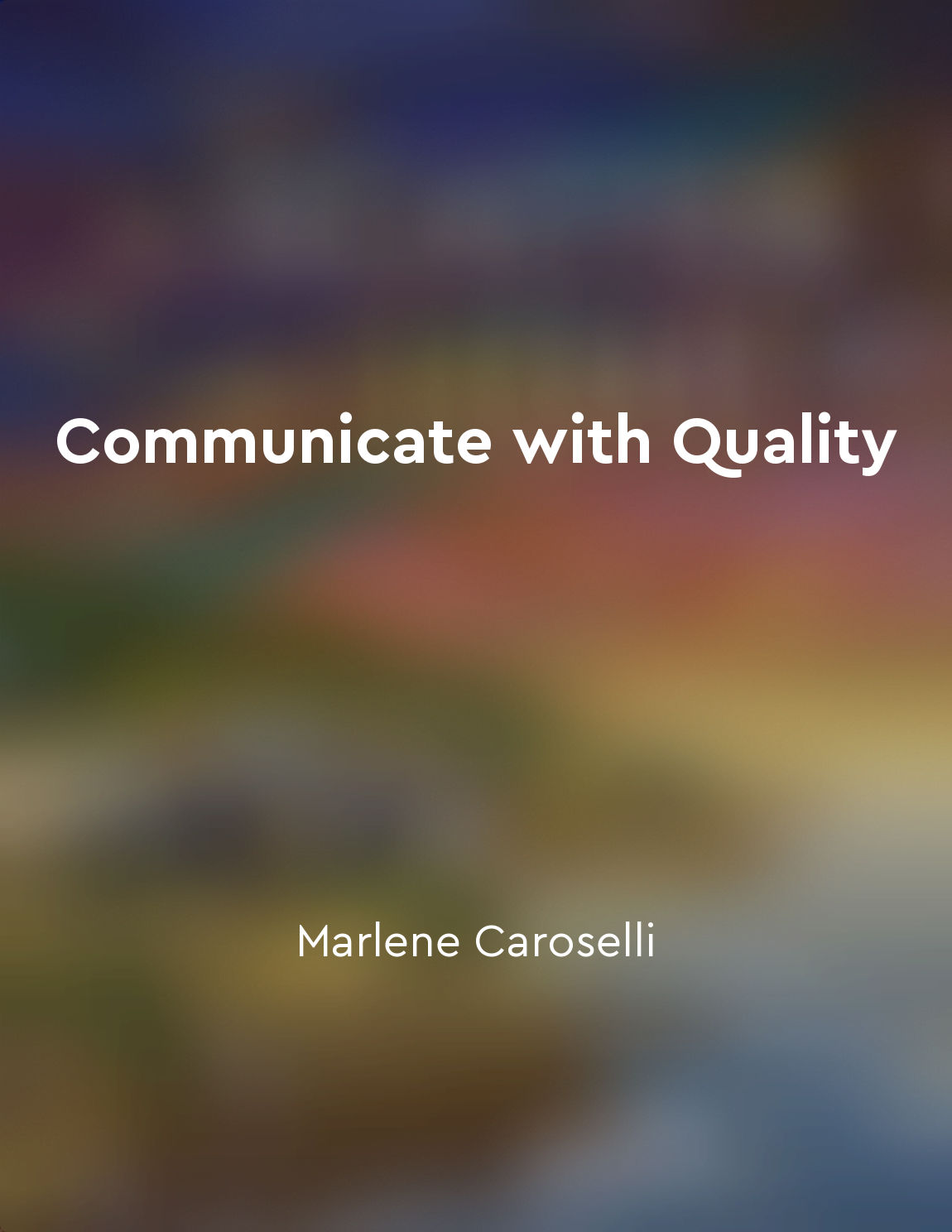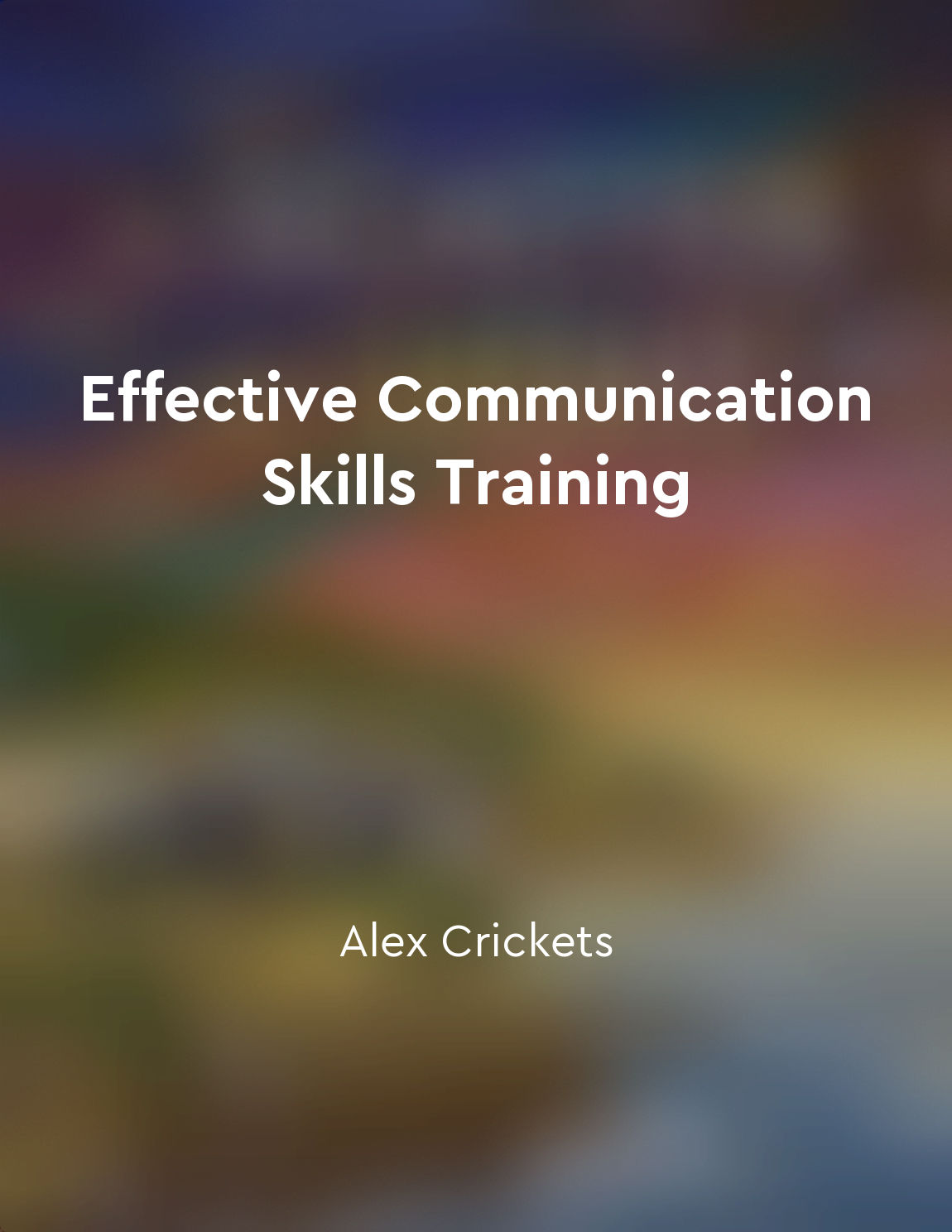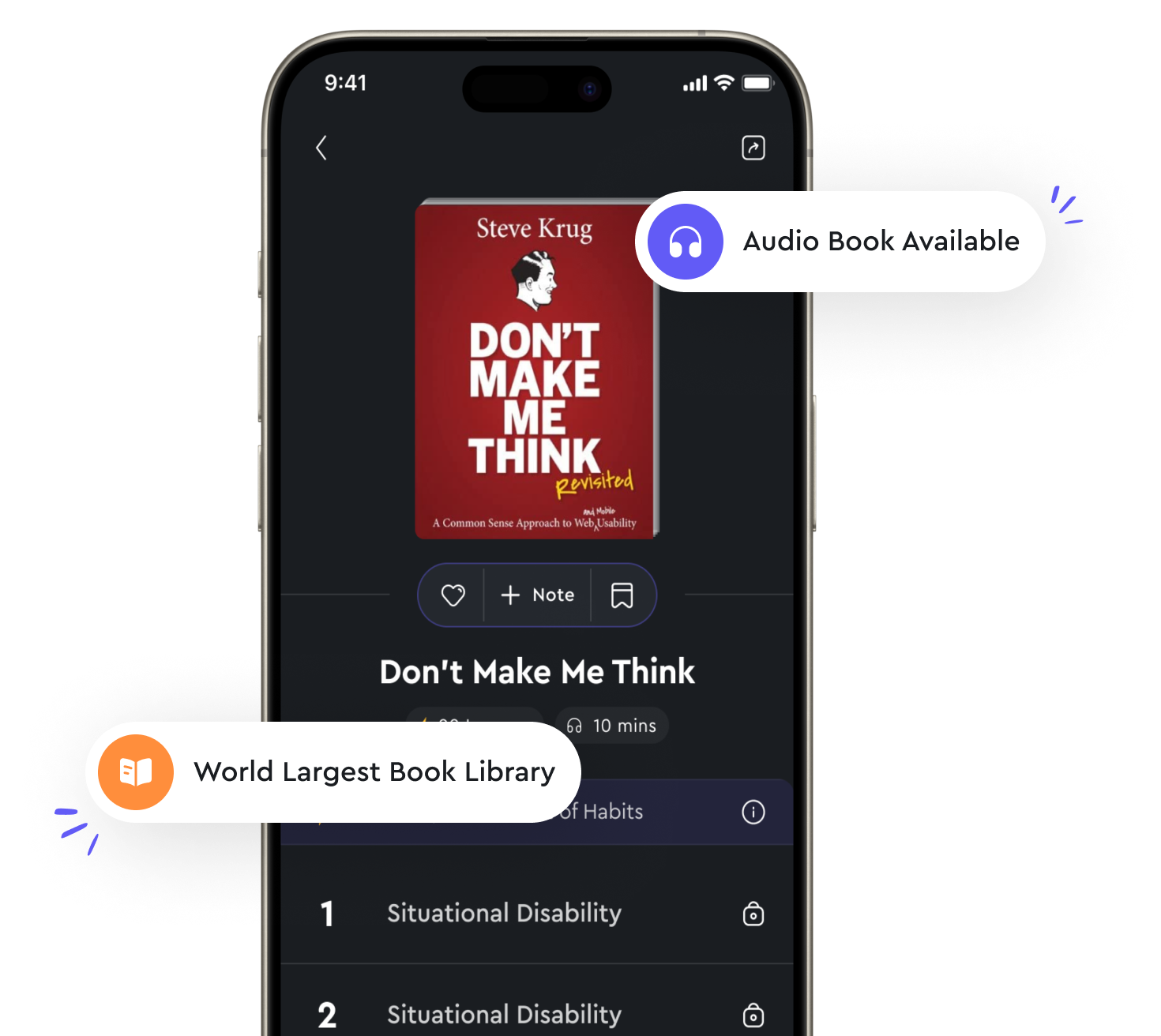Nonverbal communication is essential for understanding others from "summary" of What Every BODY is Saying by Joe Navarro,Marvin Karlins
Understanding others is a complex task that goes beyond just listening to their words. Nonverbal communication plays a crucial role in deciphering what someone is really feeling or thinking. It is through gestures, facial expressions, body language, and tone of voice that we can truly grasp the emotions and intentions of others. When we pay attention to nonverbal cues, we can gain a deeper understanding of a person's true emotions. For example, someone may say they are fine, but their clenched fists and furrowed brow may tell a different story. By being attuned to these subtle signals, we can better interpret the underlying message being conveyed. Nonverbal communication also helps us gauge the authenticity of someone's words. When verbal and nonverbal cues are incongruent, it can signal deception or hidden motives. For instance, a person who is lying may avoid eye contact, fidget nervously, or have a shaky voice. By recognizing these signs, we can be more discerning in our interactions with others. In addition, nonverbal communication provides important context for understanding verbal messages. Tone of voice, facial expressions, and gestures can all influence the meaning of words. For instance, the phrase "I love you" can have drastically different meanings depending on whether it is said with a smile or a scowl. By taking nonverbal cues into account, we can avoid misinterpreting or miscommunicating with others.- Nonverbal communication is essential for building rapport and establishing trust in relationships. By being attuned to the unspoken cues of others, we can show empathy, understanding, and respect. This deeper level of connection can lead to more meaningful and fulfilling interactions with those around us.
Similar Posts
Pay heed to bodily discomfort
When our body is trying to communicate with us through discomfort, it is important that we listen. Bodily discomfort is not som...
Validate the speaker's feelings and experiences
Validating the speaker's feelings and experiences is a crucial aspect of active listening. When we validate someone's feelings,...
Use silence effectively in conversations
Silence is a powerful tool in conversations. It can create tension, allow for reflection, and give the other person the opportu...
Games provide psychological security for individuals
Games, according to the theory I have outlined, serve the basic function of providing psychological security for individuals. T...

Understanding different perspectives is crucial
In order to effectively communicate with others, it is essential to acknowledge and understand different perspectives. Each per...

Adapt your communication style to fit the situation
Communication is a dynamic process that involves conveying information from one person to another. To be effective communicator...
Consistent communication builds strong relationships
Consistent communication is the key to building strong relationships. It's not enough to just talk to someone every once in a w...

Building strong connections through dialogue
The essence of effective communication lies in the ability to build strong connections through dialogue. This concept is at the...
Understanding cultural nuances is crucial
Understanding cultural nuances is crucial in communication and organizational training. Cultural nuances refer to the subtle di...
Practice mindfulness in your communication interactions
One way to enhance your communication skills is by being fully present and attentive during your interactions. This means pract...

